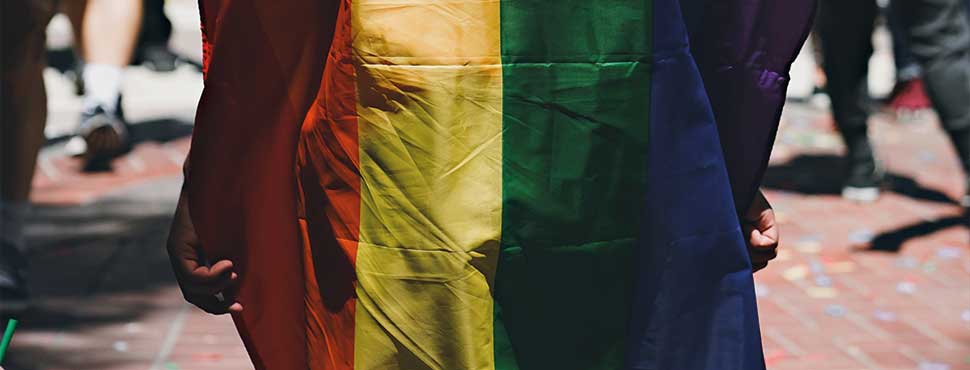On the heels of Pride Month this past June, a new survey published in Time magazine finds LGBTQ+ Americans feel increasingly vulnerable and at risk of losing hard-fought social and legal gains.
The community’s growing fear seems discouraging. But if members of the LGBTQ+ community believe their interests aren’t being protected by politicians and the public, it’s even more important for brands to show they’re supportive allies. Support can include non-discrimination policies and procedures within companies, as well as setting similar expectations for vendors and business partners. But the Human Rights Campaign, in its annual HRC Buyers’ Guide, also scores brands on how well they incorporate LGBTQ+ individuals in their advertising and marketing campaigns. Such portrayals send a powerful message of inclusion to a group that marketers too often ignore. Of course, results can vary even among well-intentioned campaigns.
Coca-Cola’s “Pool Boy” spot is a nice example of a commercial that hits the mark. Based on inclusivity, it’s a classic tale of sibling rivalry with a twist. The family dynamic is front-and-center as brother and sister compete—slapstick-style—for a visitor’s attention. (Spoiler alert: As so often happens in family life, Mom wins the day.)
But some well-intentioned brands have recently found themselves in hot water, as this Buzzfeed article reports. So it’s a natural time to give some new thinking to this influential and engaged consumer segment.
According to Bloomberg, the LGBT segment boasted nearly $1 trillion in disposable spending power in 2016. That’s just a bit less than the spending power of the Hispanic and African-American segments, and a bit more than Asian-Americans’ spending.
Moreover, Bloomberg’s estimate accounts for a fairly traditional sizing of the community. Kantar Futures has developed a groundbreaking new methodology that captures more depth than traditional measures. Our methodology lets people—especially younger generations driving change within the culture—to describe themselves as they see themselves.
Although we still use the traditional single-punch options (straight, bi, and gay), we also include a series of seven-point scales allowing respondents to their share nuance in terms of their sexual attraction, behavior and identity.
It turns out these distinctions aren’t just interesting; they’re commercially important.
Our robust data analysis finds a previously invisible population of “hetero-flexible” individuals (a cohort we call Q+). These people consider themselves heterosexual and they choose straight on the single-punch measure. But they live outside the confines of exclusive heterosexuality. And, in terms of attitudes, behaviors, and consumption patterns, they actually have more in common with their LGBT peers than with the exclusively straight group in which they’re typically assigned.
Vitally, consideration of the Q+ cohort actually doubles the LGBTQ+ segment’s size. And the Q+ cohort, reflecting rapid changes driven by younger generations, is growing fast. In 2015, 11% of the population identified as LGBTQ+. Just a year later, that figure had risen to 15%.
What’s more, these consumers are a marketer’s dream. They’re experimental and experiential, desiring brands that offer them novelty and new experiences. They live in the moment and are more likely to value buying over budgets. And they’re highly brand oriented, more apt to use labels as markers of success and accomplishment.
These consumers are just beginning to get the marketplace attention they deserve. Brands and marketers owe it to themselves (and their growing LGBTQ+ consumer base) to understand the needs present in LGBTQ+ America—and what opportunities brands have to help answer them.
Originally posted LGBTQ Weekly 24 July 2017


